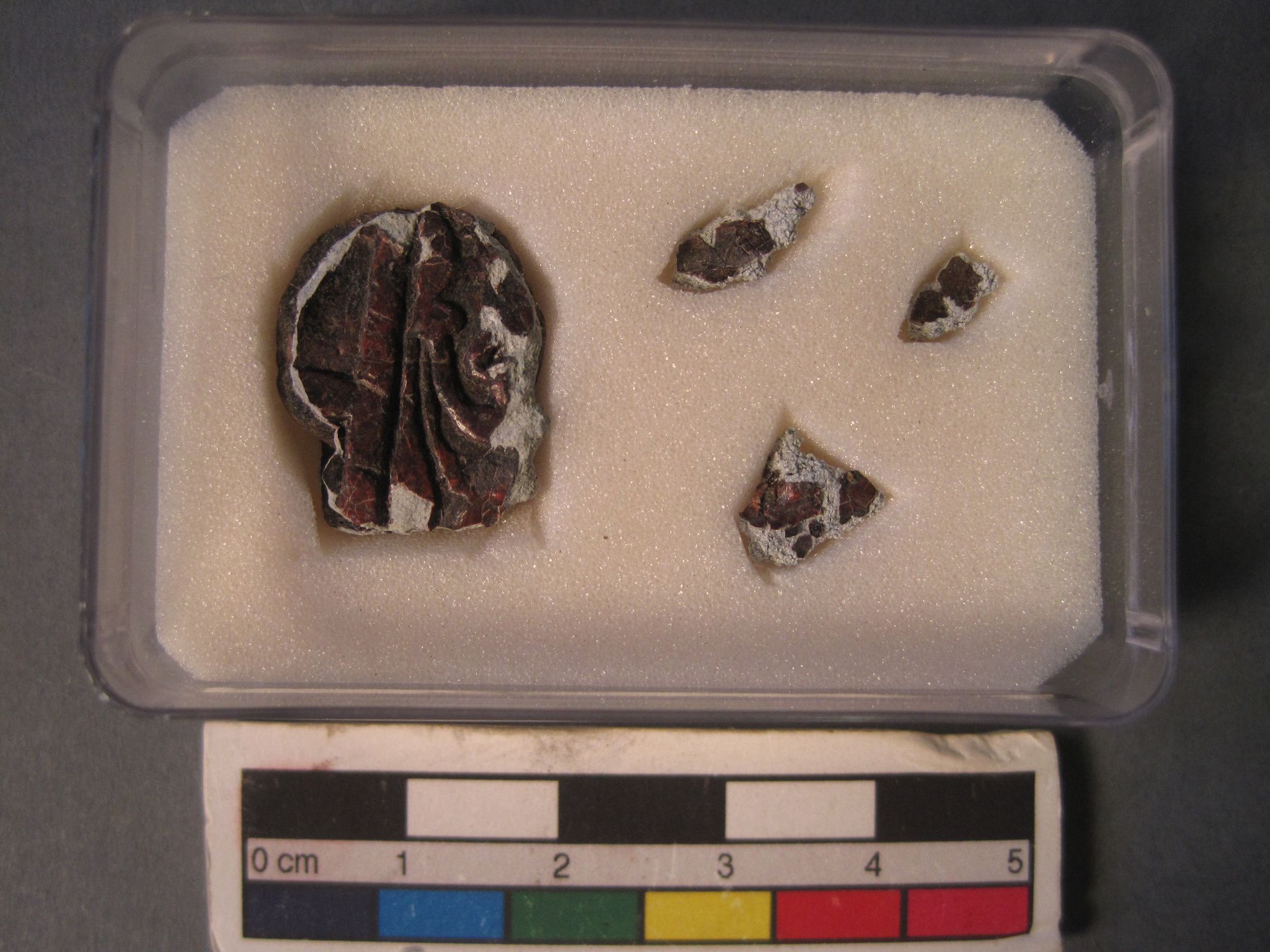Last time our conservators discussed when the decision needs to be made to retire an object from use and focus on conservation instead. This time we’re thinking about the threats and dangers that objects face…
ALEX: Let’s start with a technical question today. What would you say is the most damaging environmental factor to objects?
CLAIRE: People.
ALEX: What specifically about people?
CLAIRE: Objects can be at the greatest imminent risk from handling.
NIGEL: An object in the wrong hands can ultimately come to harm. I’ve seen many objects restored/conserved where so much significance and originality has been lost as a result. Similarly, a lack of knowledge regarding handling and operation also puts the object at greater risk.


CLAIRE: The environment as in humidity, temperature, pollution etc. causes longer term issues but intentional or accidental mishandling can wreck an object instantly.
ALEX: How would you describe good handling?
RUTH: I think you need an awareness of the object.
CLAIRE: Absolutely. There are so many different aspects to handling as well. You want to handle the object as little as possible. But you don’t want to be afraid of it. If you’re going to pick it up you need to give it proper support and not carry it gingerly with your fingertips.
NIGEL: Yes – fully understand its complexities, strengths and weaknesses.
CLAIRE: If you understand those, you’ll know the best way to handle it, starting with how to move it or pick it up.


ALEX: In terms of those other environmental factors (light, temperature, and humidity) are certain materials at risk to some factors more than others?
RUTH: Yes from an environmental point of view the materials really do determine how they are displayed or stored.
ALEX: Can you give some examples?
CLAIRE: Generally organic materials such as fabrics, paper and wood are considered more susceptible, but then metals are very susceptible to fluctuations in humidity. Something like a watercolour would be vulnerable to fading from too much light exposure, while an iron object would be fine in the light but corrodes in the presence of too much moisture. Something like a piece of furniture might fade, warp, crack, in response to both. It’s very difficult when you have a composite object – when one part of the object likes one environment, but another part likes another.
ALEX: How would you deal with that situation?
CLAIRE: You tend to prioritise the part that would be most at risk from the wrong environment. Take an iron knife with a bone handle [for example]. If you have a slightly higher humidity that the bone handle enjoys, the iron begins to corrode, which causes expansion and then damage to the bone handle anyway.
NIGEL: Iron corrodes easily due to oxygen in moisture. The products of corrosion not only look unsightly but can deform other parts of the object exactly as Claire said.


ALEX: Do any of you have any horror stories/examples of when you’ve been presented with an object with terrible damage due to mishandling or environmental factors?
RUTH: A table with veneer, it was left in a storage area and the heater was left on, all the veneer popped off.
ALEX: What can you do with that?
RUTH: Fortunately the table was treated by an incredibly talented furniture conservator.
Next time we’ll be discussing some of the more unlikely activities Claire, Ruth and Nigel have done during their time as conservators.
If you have enjoyed Culture on Call and you are able to make a donation, any support you can give will help us keep people connected.



